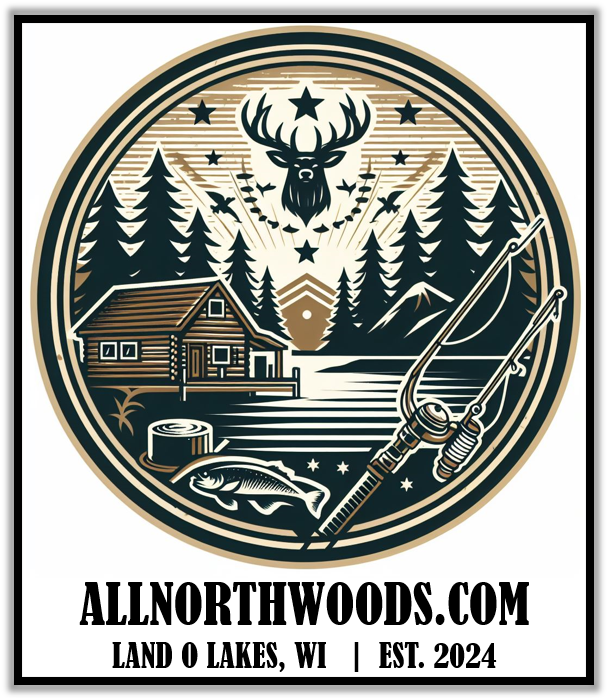Wild Turkeys
While driving in the Northwoods I’m sure at some point people have driven past a flock of turkeys, (domestic turkeys are referred to as rafter or gaggle) and at one time wild turkeys were native to Wisconsin, but in the late 1800s, due to over harvesting, logging in the north and farming in the south, wild turkeys were hardly seen in our state. The Wisconsin DNR determines the population of turkeys in an area by three (3) categories, which are abundant, common and uncommon and while wild turkeys are rated common in the middle of the state, abundant in the southern half of Wisconsin, and are rated uncommon in the Northwoods. This uncommon rating in the northern half surprised me because I see wild turkeys frequently eating on the side of road.
In 1976 the Wisconsin DNR trapped and traded Ruffed Grouse to the state of Missouri for Wild Turkeys and that year 29 wild turkeys were released just west of Wisconsin Dells. These Missouri turkeys took well to their new environment and the population exploded to the point that the DNR trapped and relocated 3000 turkeys to 49 of the 72 counties in Wisconsin. Within a few years, the relocated turkey numbers increased, and those wild turkeys started to move on their own to new areas.
Now wild turkey numbers are large enough that wild turkey harvest in Wisconsin ranks among the highest in the nation. Here are a few differences between wild turkeys and their domestic cousins. 1) Domestic turkeys are normally white and wild turkeys are black. 2) Because of selective breeding, domestic turkeys are too heavy to fly so they do not use their breast or wing muscles. Wild turkeys do fly and use these muscles, so this is why domestic turkeys breast and wing meat is white and wild turkeys’ meat is all dark meat. 3) Because wild turkeys are much more active and their diet is totally different, the taste of their meat is considered gamey to many.




